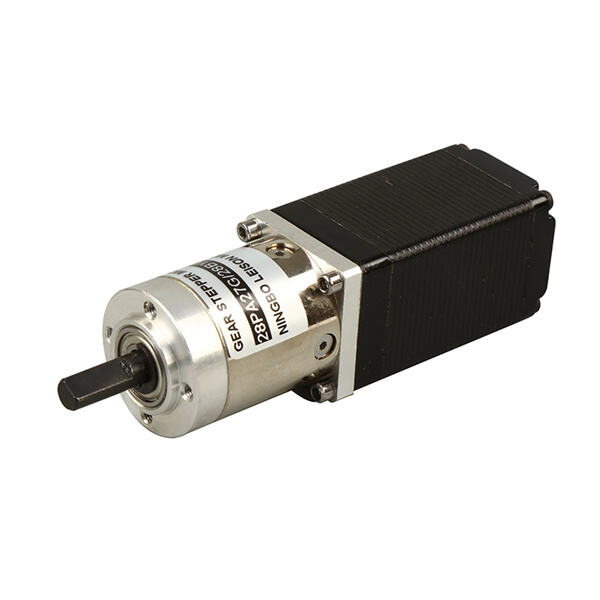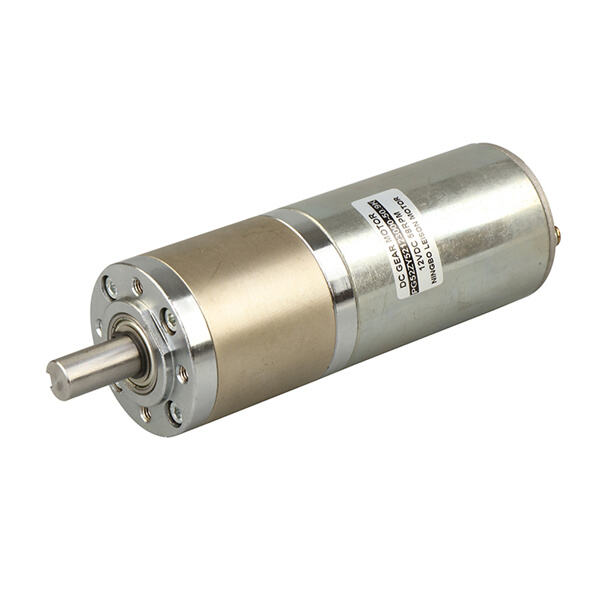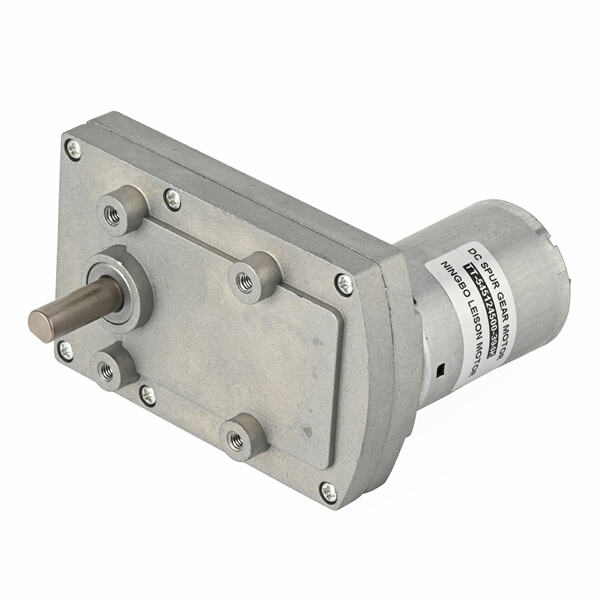Gear motors electric are special tools that are used to enable movement of machinery. They are used in various machines to enable those machines to work better. Learn more about how these awesome motors operate and why they’re so crucial!
An electric gear motor is a small yet powerful piece of equipment that facilitates precise machining. They are powered by electricity, used to spin gears that move other parts of the machine. This is what keeps cars, robots and even toys moving the way they are supposed to.
Reasons to use electric gear motors There are many reasons as to why you would need to use electrical gear motors. There are a couple of big reasons for this. The upshot is that they are devices that enable machines to work more efficiently and with less energy. They are also highly dependable, so they can run for long periods without breaking.

Electric Gear Motors Electric gear motors apply electricity to individual gears to turn them. Gears play a role in limiting how fast the motor can move or slowing it down. This is key, because it determines the speed at which the machine will proceed. If there’s some kind of toy car you want to move faster, you can put a gear on it that makes it move faster.

Electric gear motors are found in various types of work to aid machinery in running well. They can be found in cars, washing machines, and even factories that produce things. They are also working to use them on robots to allow them to walk around. 12-volt-dc-electric-motors make it possible for many of the machines we depend on each day to function correctly.

http://www.walmart.com/ip/An ironic look at the history of the Internet cast using vintage computer hardware, with someone trying just a little too hard to keep your attention. A common practice is to keep it clean and free of dust and dirt. You'll also want to routinely oil the gears to assure a seamless range of motion. Any kind of strange noises or movements coming from your motor means that it is about time you get it checked out by a fountain professional.